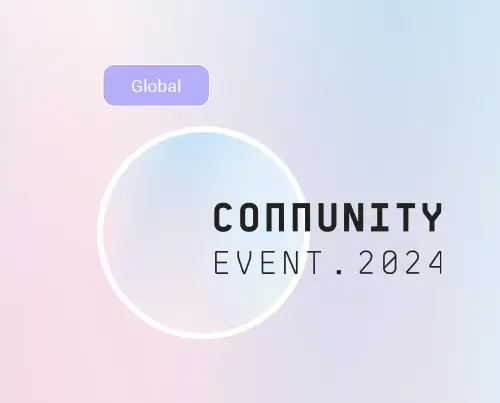
Presentation by Professor Bethany Eytchison-Fung, MSN, RN
As a Nurse for 14 years, Professor Bethany Eytchison-Fung brought to the 2nd edition of the Global Network Event, Chabot College’s experience integrating Body Interact in their Nursing undergraduate degree program. In particular, Professor Bethany shared tips on how to guide the students through a clinical scenario performance.
During the COVID-19 pandemic, clinical rotations were canceled and Chabot College introduced Body Interact as the solution.
Educators started by selecting clinical scenarios based on the content covered in the classes, as well as, in accordance with the level of the nursing students’ clinical knowledge. For example imaging test interpretation, patient comorbidities, pharmacological knowledge, etc.
Clinical reasoning and decision-making
In the begging, when educators assigned clinical scenarios to students, they noticed how challenging it was for students to make choices. Instead of putting their knowledge into practice and applying their clinical reasoning skills, they were just randomly clicking on all options available.
For this reason and to teach students how actions should happen at a proper time and according to the proper intervention, educators defined pre and post-case assignments.
Pre case assignment
Based on the patient briefing provided by Body Interact, students needed to write a proposal for the patient approach in terms of dialogues, examination, medication, etc. which would guide them on how to properly solve the scenario.
Post case assignment
A list of questions was provided to the students to answer at the end of the clinical scenario. This would help them self-analyze their performance and subsequently support the teacher during the debriefing.
Communication
When students were going to clinical settings, educators noticed how hard it was for the students to do a 1-minute report to their colleagues. Instead, it was taking them 15 minutes to share the most important outcomes and events from their shift.
For this reason, after each clinical scenario performance, educators additionally required them to record a video. It could be an SBAR report to the in-charge nurse or to the primary doctor; end of shift report; or a medication pass.
According to Professor Bethany students highlighted a top 3 benefits:
- Felt a smoother transition into the Clinical setting. They feel better prepared and comfortable when confronting real-life decisions and real patients after practicing with Body Interact
- Expressed they were more confident while doing their assessments due to the visuals and sounds of the simulator
- Demonstrated higher critical thinking and clinical judgment skills since they were able to continue practicing in a time-pressure and realistic environment when it comes to patient deterioration
On the educators’ side, they have reinforced the idea of the positive impact of Body Interact since it allows them to understand what students were thinking when they were making decisions and also guide them through the rationale behind it.
As a future plan, the Chabot College is working on Body Interact integration with other simulation tools, such as task trainers, low and high-fidelity manikins. In this way, students will leverage their learning experience to a higher level of expertise in both hard and soft skills.
Review the knowledge and experiences shared in the video below:
by Rita Flores – Body Interact Mkt and Communication Coordinator








